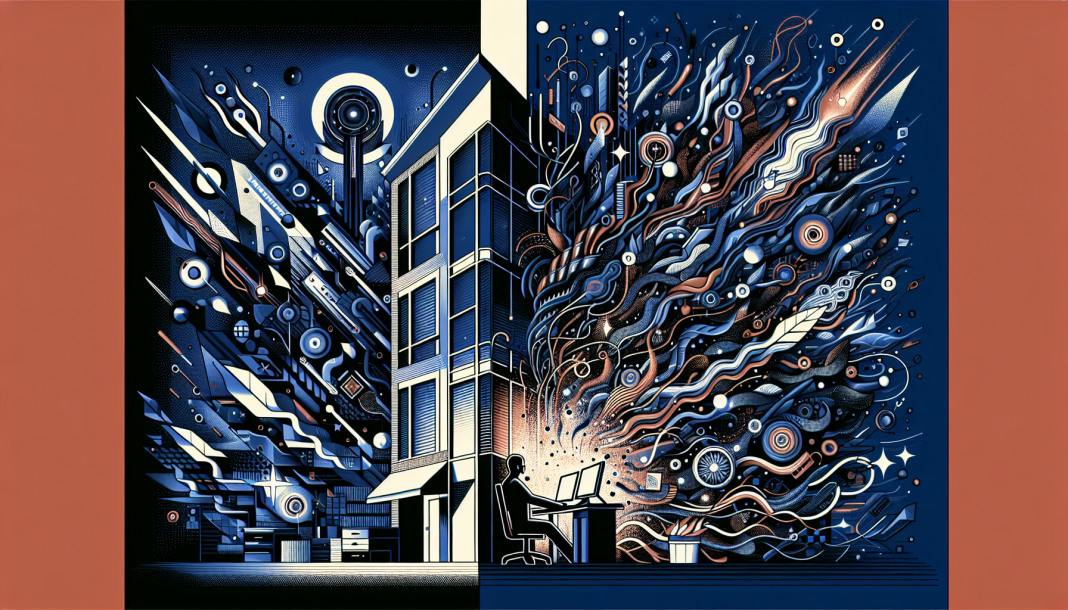
The Ultimate Showdown: Publishing Routes & How My Journey from Indie to Traditional and Back Again Equals Freedom
Traditional publishing is often seen as the dream—editors shaping your words, publishers distributing your book to every corner of the market. But what happens when that dream comes with limitations? When you no longer control your creative direction or timeline? After experiencing both indie and traditional publishing, I realized that true creative freedom wasn’t in traditional publishing. Instead, I found it in self-publishing, where technology has evolved to empower authors in ways we couldn’t have imagined a decade ago.
Traditional Publishing: Structure, but at What Cost?
When I entered the traditional publishing world, it offered immediate advantages: distribution through established networks, professional editing, and design support that elevated my work. There’s undeniable prestige in landing a traditional deal, and for a while, I embraced the structure. But it wasn’t long before the trade-offs became apparent.
Traditional publishing often comes with loss of creative control. Decisions on cover design, pricing, marketing strategies, and even story direction are made by the publisher. As a writer who thrives on full ownership of my work, it started to feel like my vision was being diluted. Worse, the lengthy publishing timelines were frustrating—months or even years to see a project come to life. And despite the initial excitement of signing with a traditional publisher, royalties per book were much lower than I anticipated.
Self-Publishing: Where Creative Control and Technology Meet
After navigating the traditional publishing world, I returned to self-publishing. But this time, the landscape had changed dramatically. Technology had evolved by leaps and bounds, allowing authors like me to not just write, but design, market, and distribute with precision and independence.
I now control every detail of my work—from the words I write to the imagery that accompanies it. I’m not just an author anymore; I’m a creative director. AI-powered design tools let me create compelling visuals that align with my stories. Platforms that offer direct access to readers let me engage my audience in real time. This level of control is unmatched, and it’s something traditional publishing simply couldn’t offer.
The ability to turn around a book in weeks rather than years gives me an edge. More than that, self-publishing lets me pocket higher royalties, and I reinvest those profits into scaling my projects. Every decision is mine, from marketing strategies to release schedules. No middleman. No delays. Just pure, creative freedom.
The Power of Direct Audience Inclusion
Traditional publishing often puts a buffer between the author and the reader. But self-publishing puts me directly in the conversation. With tools like social media and mailing lists, I can interact with my audience in real time. Feedback comes directly from the people who matter most: the readers.
This connection informs my decisions—whether it’s how I market a book, what topics resonate most, or even how I tweak future projects. I’m no longer guessing what the audience wants, I’m hearing it directly from them. That’s power. It’s not just about selling books; it’s about building a brand and a loyal following that engages with my work on a deeper level.
Technology: The Ultimate Equalizer
Technology has become the great equalizer in publishing. Self-publishing is no longer the underdog; it’s a dominant force. I now have access to tools that rival the resources of a traditional publisher. From AI-driven design software to platforms that handle global distribution, I’m equipped with everything I need to compete at the highest level.
And it’s not just about efficiency; it’s about enhancing the creative process. I can create detailed visuals that complement my stories, ensuring that every element of my book—both text and imagery—is in harmony. There’s no stone left unturned, no creative opportunity left unexplored. I’ve transformed from a writer into a full-spectrum content creator, thanks to the advancements in technology.
Conclusion: The Freedom to Do It My Way
I didn’t return to indie publishing because traditional publishing failed me. I returned because self-publishing has evolved into something far more powerful. It’s not just about getting my work out into the world; it’s about doing it on my terms, with no compromises. I’ve traded the prestige of traditional publishing for the ultimate reward: freedom. The freedom to create, the freedom to control my brand, and the freedom to directly connect with my audience. And with the technology at my fingertips, there’s no limit to what I can accomplish.





